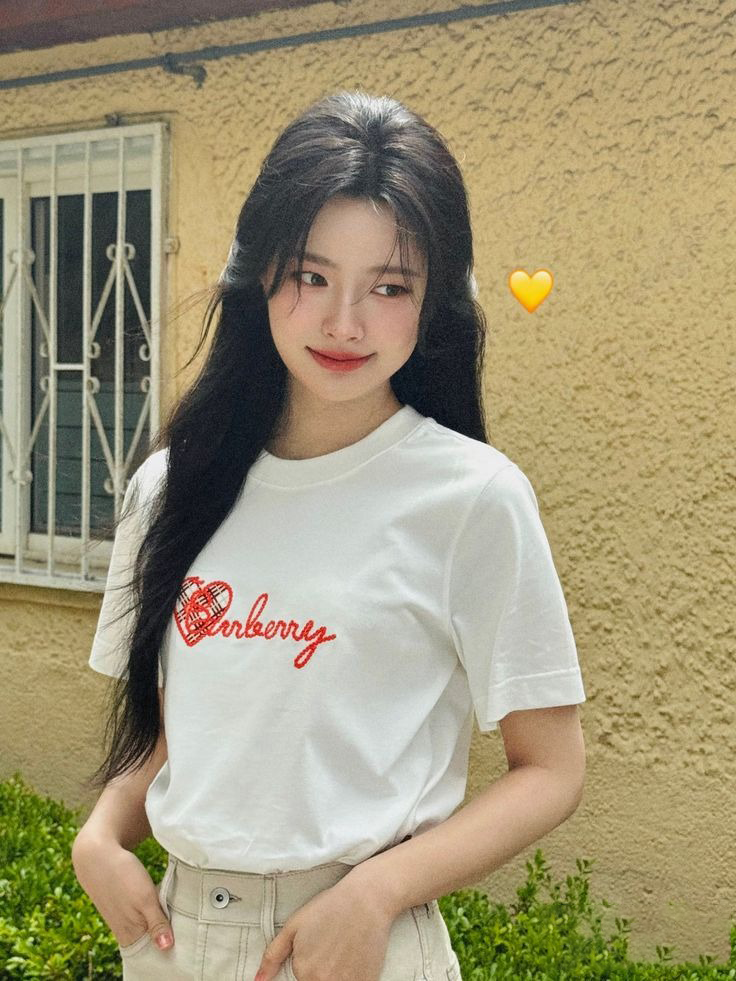Fashion is often regarded as a matter of personal taste, yet its influence extends far beyond the wardrobe. It is an intricate system of symbols, traditions, and innovations that continuously reshapes the way people view themselves and the societies they inhabit. More than a question of fabric and design, fashion functions as a catalyst for cultural transformation. It interprets history, molds values, and creates spaces where ideas are communicated without words. In the twenty-first century, fashion is more than ever intertwined with debates about diversity, technology, sustainability, and creativity, making it a crucial subject for understanding the pulse of modern culture.
The power of fashion lies in its ability to redefine cultural identity. Clothing is never neutral; it carries meaning that shifts depending on context. When individuals adopt a particular style, they are not only making aesthetic choices but also signaling affiliation with certain values and communities. Consider the impact of traditional attire in contemporary life: garments rooted in cultural heritage are being reinterpreted on international runways, giving visibility to traditions that once belonged to local communities. In this sense, fashion becomes a tool of preservation and reinvention, helping societies keep cultural memory alive while also adapting to changing times. What was once considered local or regional attire is now integrated into global conversations, expanding the boundaries of cultural exchange.
Fashion’s transformative role can also be seen in how it responds to social justice movements. Clothing has frequently served as a means of protest and resistance, turning everyday garments into statements of solidarity. From suffragettes wearing white dresses to modern activists using fashion to amplify environmental and human rights campaigns, clothing has the power to make issues visible in public spaces. The growing emphasis on inclusivity in fashion demonstrates this cultural shift. Designers are increasingly moving beyond traditional standards of beauty to embrace diverse body types, genders, ethnicities, and abilities. By doing so, fashion challenges rigid norms and encourages broader acceptance within society. This inclusivity not only redefines beauty but also reshapes the cultural fabric by amplifying marginalized voices.
The role of fashion in shaping generational identity is equally significant. Each generation adopts styles that reflect its aspirations, anxieties, and ideals. The youth, in particular, have always been at the forefront of fashion revolutions, often rejecting the conventions of their parents and seeking new ways of self-expression. The rebellious leather jackets of the post-war era, the psychedelic colors of the 1960s, and the grunge movement of the 1990s each spoke to specific cultural moments defined by youthful energy and resistance. Today, young people are once again using fashion as a canvas for expression, incorporating digital aesthetics, upcycled clothing, and gender-neutral designs that reflect their concerns about sustainability, identity, and inclusivity. This continuous cycle highlights how fashion not only reflects but also drives cultural transformation across generations.
Technology has introduced a new dimension to fashion’s cultural role. The digital age has blurred the lines between physical and virtual expression, creating entirely new forms of fashion that exist solely online. Virtual fashion shows, digital garments, and augmented reality try-ons demonstrate how style is no longer limited to tangible materials. This technological integration creates opportunities for people to experiment with identities in ways that were once unimaginable. Digital fashion offers a sustainable alternative by reducing waste and allows for limitless creativity unconstrained by physical fabrics. Moreover, technology has democratized access to fashion by giving independent designers platforms to showcase their work globally. This has diversified cultural representation within fashion, allowing previously marginalized voices to shape global trends.
At the intersection of fashion and sustainability lies another cultural transformation. The fashion industry has long been associated with overconsumption and environmental damage, but growing awareness has sparked a cultural shift toward responsible fashion practices. Concepts such as slow fashion, ethical sourcing, and circular economies are gaining ground, reshaping consumer behavior and expectations. The decision to purchase second-hand clothing or to support brands committed to fair labor practices is no longer purely economic but cultural, reflecting values of responsibility and care for the planet. Fashion thus becomes a medium for expressing not only personal identity but also collective responsibility, embedding ecological consciousness into cultural norms.
Fashion also plays a critical role in the dialogue between tradition and modernity. Many societies grapple with the tension between preserving cultural authenticity and embracing global trends. Designers often navigate this by blending traditional craftsmanship with contemporary aesthetics, creating hybrid forms that honor heritage while appealing to modern sensibilities. This synthesis enriches cultural identity, as it demonstrates that tradition is not static but dynamic. Through fashion, cultures can assert continuity while also participating in global conversations. The presence of indigenous fabrics, artisanal techniques, and ancestral motifs in contemporary collections demonstrates that cultural memory remains a vital source of inspiration for innovation.
The psychological impact of fashion cannot be separated from its cultural influence. Fashion shapes not only how individuals are perceived by others but also how they perceive themselves. By altering clothing, people can transform their mood, confidence, and sense of belonging. The act of dressing becomes a form of self-construction, a way of embodying desired identities and aspirations. This psychological dimension reinforces fashion’s cultural significance because it shows how deeply clothing is tied to personal narratives and collective imagination. When individuals adopt new styles, they do not merely alter their appearance but also participate in broader cultural dialogues about identity, values, and change.
In addition, fashion is a major arena where art intersects with daily life. Designers often draw inspiration from painting, music, film, and literature, transforming abstract cultural movements into wearable forms. In turn, fashion influences artistic expression, inspiring new aesthetics in visual arts and performance. This reciprocity underscores fashion’s role as both a cultural product and a cultural producer. Museums now recognize this by dedicating exhibitions to fashion’s artistic impact, affirming its importance in shaping how societies create and interpret meaning. Fashion’s ability to move between art, commerce, and identity makes it uniquely positioned to serve as a cultural bridge across disciplines.
Looking ahead, fashion’s role as a cultural catalyst will only intensify. As societies face challenges related to climate change, migration, technological innovation, and shifting values, fashion will continue to serve as a mirror and a guide. It will reflect anxieties while offering visions of possibility, weaving together the threads of tradition, innovation, and inclusivity. More importantly, it will continue to provide individuals and communities with tools for self-expression and cultural negotiation. Whether through digital garments, sustainable fabrics, or inclusive design, fashion will remain at the center of cultural transformation, illustrating the ever-changing yet enduring power of style.
Fashion, therefore, is not a superficial indulgence but a profound cultural force. It shapes how societies remember their past, interpret their present, and imagine their future. As a catalyst for cultural transformation, it challenges norms, amplifies marginalized voices, and inspires creativity. To understand fashion is to understand culture itself, for clothing is one of the most visible and dynamic expressions of human experience. By tracing the evolution of fashion, one can witness the continuous reshaping of cultural landscapes and the enduring human desire to communicate, innovate, and transform through style.

